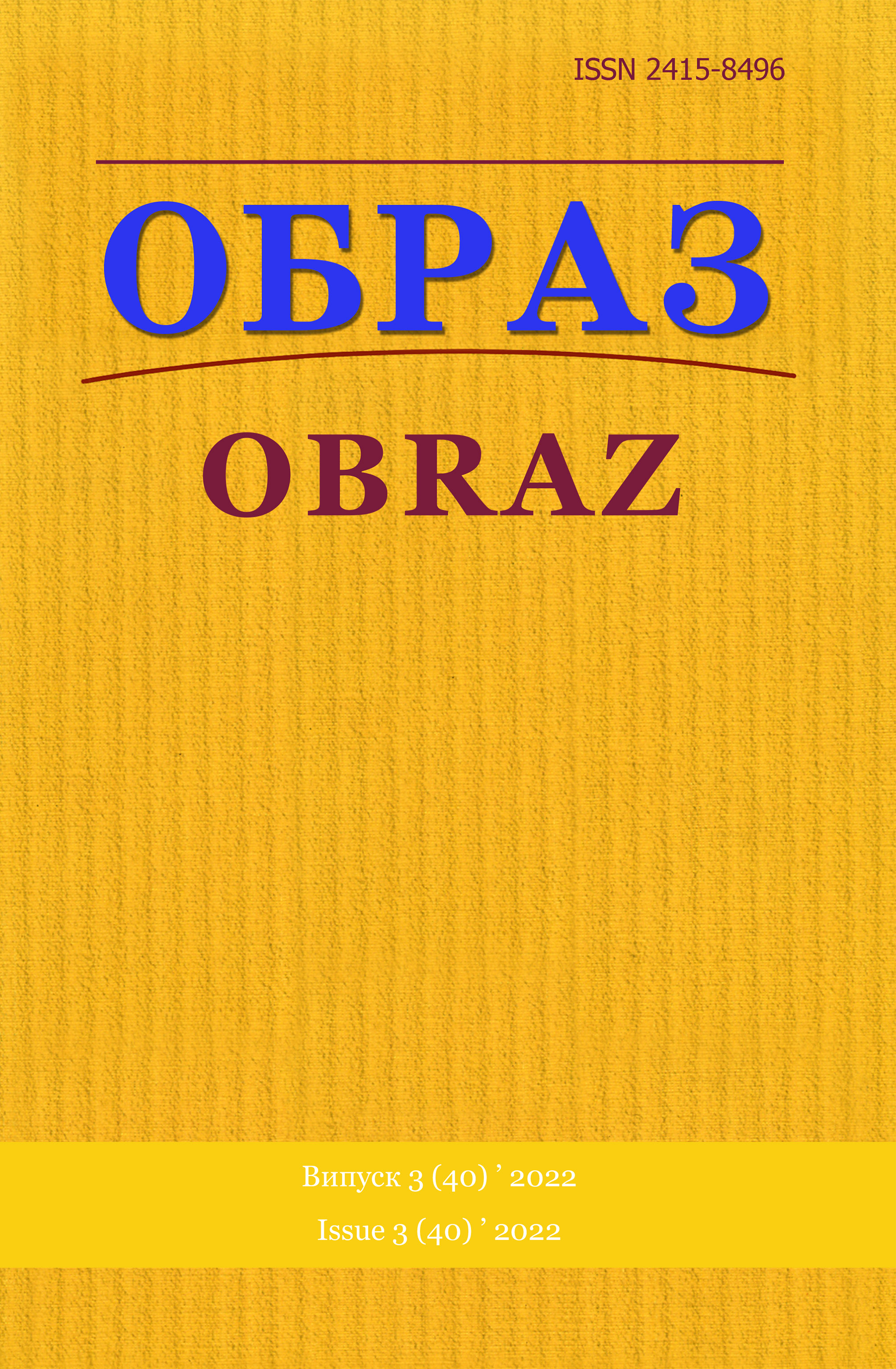Анотація
У сучасних умовах дуже важливо відстежувати якість поширюваного в телеграм-каналах контенту, зокрема дотримання стандарту достовірності – наявності чітких посилань на перевірені джерела. Мета дослідження – розробка напівавтоматизованого методу аналізу дописів найпопулярніших регіональних телеграм-каналів для виявлення недостовірних посилань та чуток. На матеріалі одного з найбільш популярних регіональних телеграм-каналів Одещини «Одесса Info» було продемонстровано застосування алгоритму виявлення подібних порушень. Для отримання результатів використано метод аналізу дописів телеграм-каналів на предмет дотримання журналістських стандартів. Було виявлено, що в більшості випадків (42,6 %) дописи від читачів або ж чутки не перевіряються телеграм-каналом. Лише в 11,9 % було наявне чітке посилання на офіційне джерело, ЗМІ чи експерта.
Посилання
1. «Eight of the ten most popular Telegram channels in Ukraine are anonymous», IMI, available at: https://imi.org.ua/news/visim-iz-desyaty-najpopulyarnishyh-telegram-kanaliv-v-ukrayini-yeanonimnymy-doslidzhennya-imi-i41295 (accessed 3 October 2022).
2. Hurzhij, S.V. (2021), «Modern threatening trends in the use of Telegram channels to the detriment of state interests», Informaciya i pravo [Information and law], no. 4, pp. 162–169.
3. Zhuhai, V., Kuznietsova, T. (2021), «Features of Telegram channels as the most modern media tools: ukrainian context», Vcheni zapysky Tavrijskoho nacionalnoho universytetu imeni V. I. Vernadskoho. Seriya: Filolohiya. Zhurnalistyka [Scholarly notes of V. I. Vernadsky Tavri National University. Series: Philology. Journalism], no. 3, pp. 120–125.
4. Ilyuk, K., Sapolovych, Ye., Ryaboshtan, I. (2022), «Now we will live to the fullest!». How and why Russia has created a Telegram channels network for the occupied territories of Ukraine», Detector Media, available at: https://detector.media/monitorynh-internetu/article/198960/2022-05-05-teperzazhyvem-yak-i-dlya-chogo-rosiya-stvoryla-merezhu-telegram-kanaliv-dlya-okupovanykh-neyuterytoriy/ (accessed 3 October 2022).
5. «Catalog of Telegram channels and chats. News and media», available at: https://uk.tgstat. com/news (accessed 3 October 2022).
6. Korenkov, О. (2019), «Telegram as a new media platform for the “Islamic State” propaganda», Visnyk of the Lviv University Philosophical Political studies [Bulletin of Lviv University. Series: Philosophical and political studies], vol. 26, pp. 120–131.
7. «Media consumption in Ukraine: changing media needs and the loss of Russian propaganda», available at: https://detector.media/infospace/article/196442/2022-02-15-mediaspozhyvannya-vukraini-zmina-mediapotreb-ta-progrash-rosiyskoi-propagandy/ (accessed 3 October 2022).
8. «Methodology for assessing the quality of content in regional printed and online publications», available at: https://idpo.org.ua/wp-content/uploads/2021/methodology-2021.pdf (accessed 3 October 2022).
9. «Internet monitoring», available at: https://detector.media/category/monitorynh-internetu/ (accessed 3 October 2022).
10. «Monitoring of regional mass media, social networks of Odesa region, individual mass media of the Russian Federation to detect information operations, disinformation, hidden attempts to manipulate public opinion», available at: http://cvu.od.ua/db_pic/images/files/file_1657126497.0931. pdf (accessed 3 October 2022).
11. Steblyna, N. (2022), ««Odessa will be bombed, but it is not accurate»: how often do telegram channels verify information during the war», available at: https://izbirkom.org.ua/publications/ medialiteracy/2022/odesu-bombitimut-ale-ce-netochno-yak-chasto-regionalni-telegram-kanalipereviryayut-informaciyu-pid-chas-vijni/ (accessed 3 October 2022).
12. Steblyna, N. (2021), «Opposition political actors representation in Ukrainian digital forum (on the material of the most popular telegram channels)», Visnyk of the Lviv University Philosophical Political studies [Bulletin of Lviv University. Series: Philosophical and political studies], vol. 39, pp. 150–156.
13. Tonkikh, I. (2021), «Functioning Peculiarities of Public Telegram-Channels as CrossMedia Platform», State and regions. Series: Social communications [State and regions. Series: Social communications], no. 4 (48), pp. 47–54.
14. Cherniavska, L.V., Danyliuk, N.O. (2021), «Telegram as the instrument of digitalization of ukrainian masmedia», Vcheni zapysky Tavrijskoho nacionalnoho universytetu imeni V. I. Vernadskoho. Seriya: Filolohiya. Zhurnalistyka [Scholarly notes of V. I. Vernadsky Tavri National University. Series: Philology. Journalism], no. 6(3), pp. 192–198.
15. Gaiduk, N. (2020), «Features of the representations of Ukrainian identity in the visual content of popular telegram channels», Bulletin of the Mariupol State University. Series: Philosophy, cultural studies, sociology [Bulletin of the Mariupol State University. Series: Philosophy, cultural studies, sociology], vol. 19, pp. 37–48.
16. «Infocrime campaign to detect fake news starts in four regions in Ukraine», IMI, available at: https:// imi.org.ua/en/monitorings/infocrime-campaign-to-detect-fake-news-starts-in-four-regions-inukraine-i35157 (accessed 3 October 2022 ).
17. Plakhta, D. (2020), «Telegram as a tool for political influence and manipulation», Tele- ta radiozhurnalistyka [TV and radio journalism], no. 19, рр. 88–94.

Ця робота ліцензується відповідно до ліцензії Creative Commons Attribution 4.0 International License.

